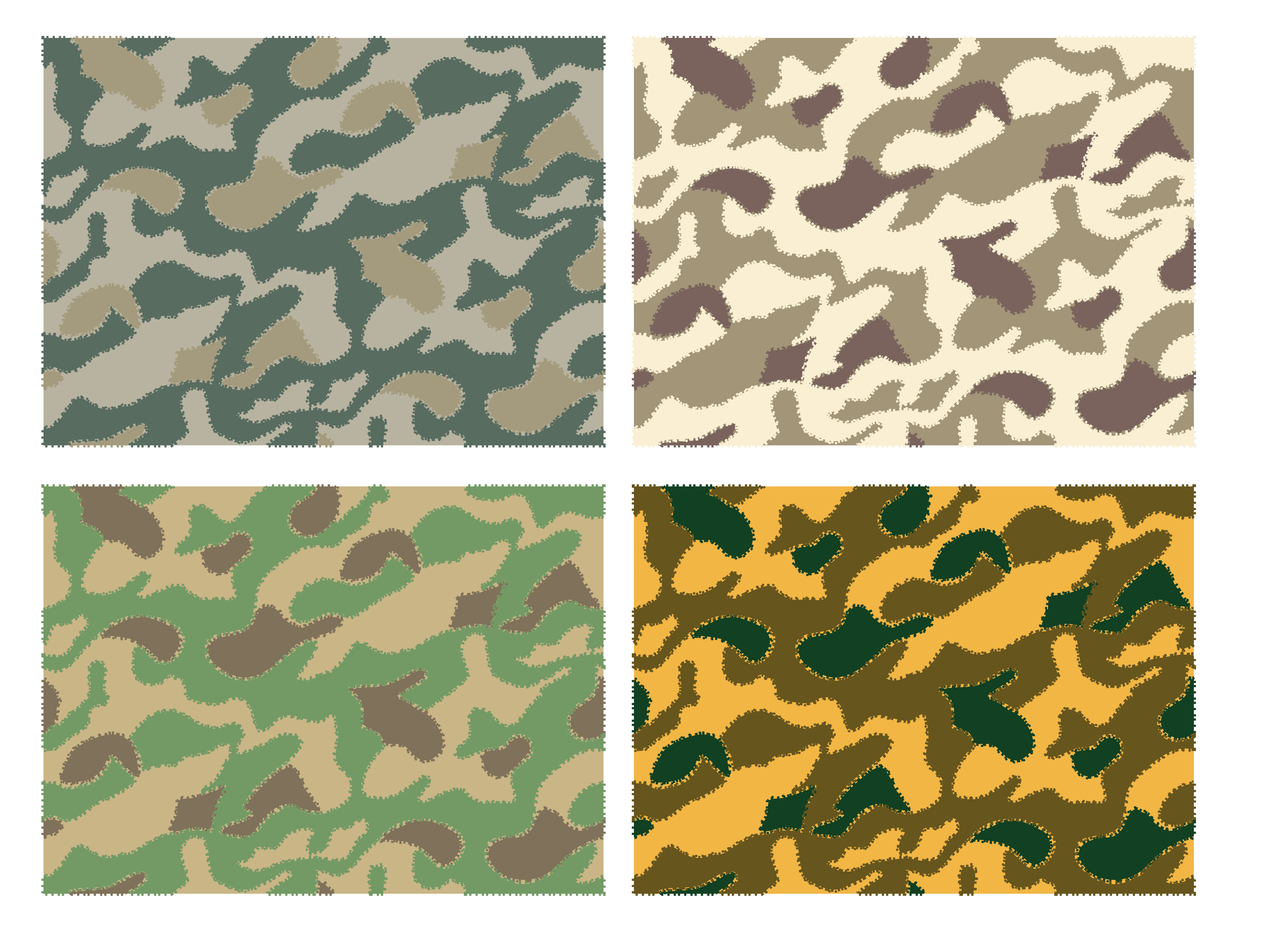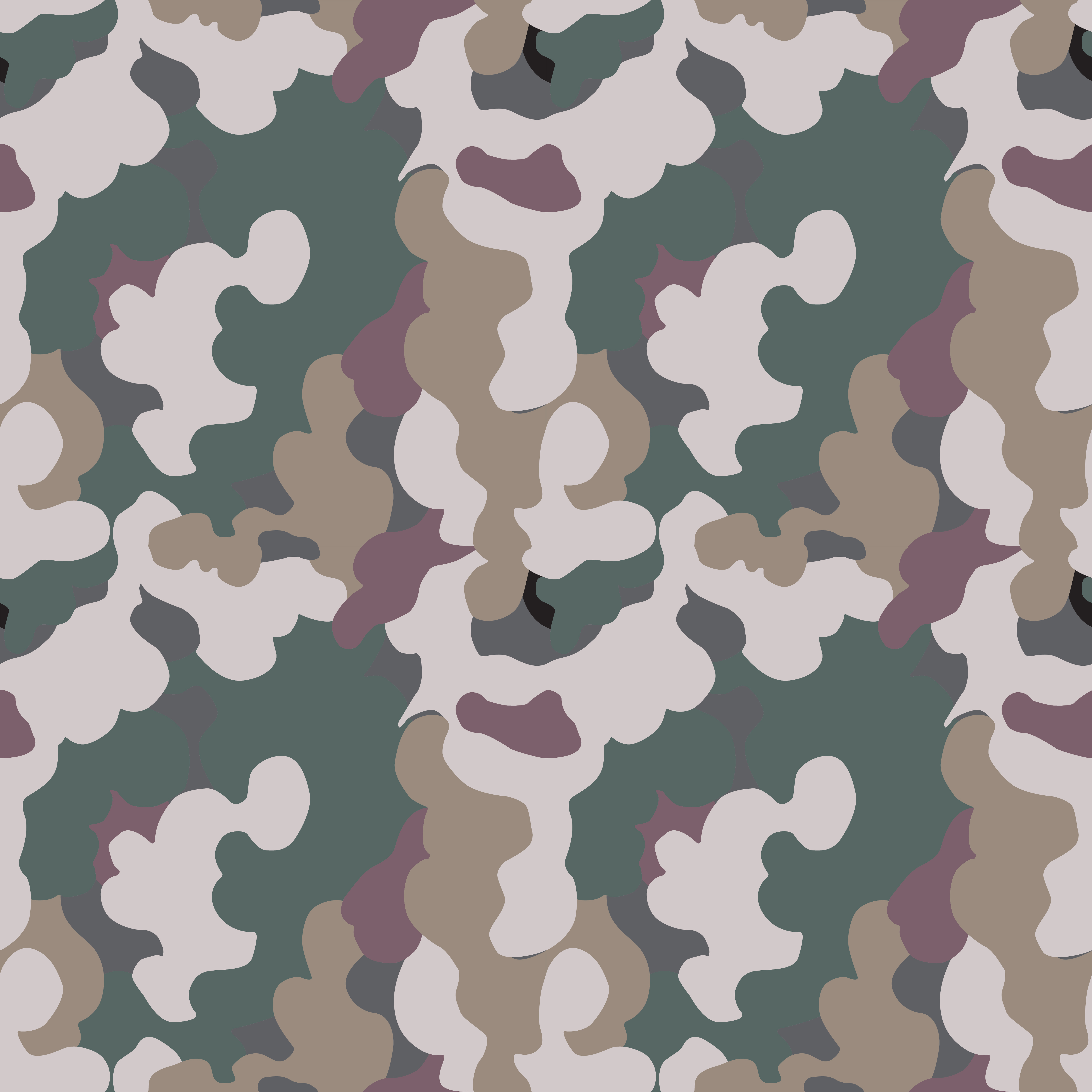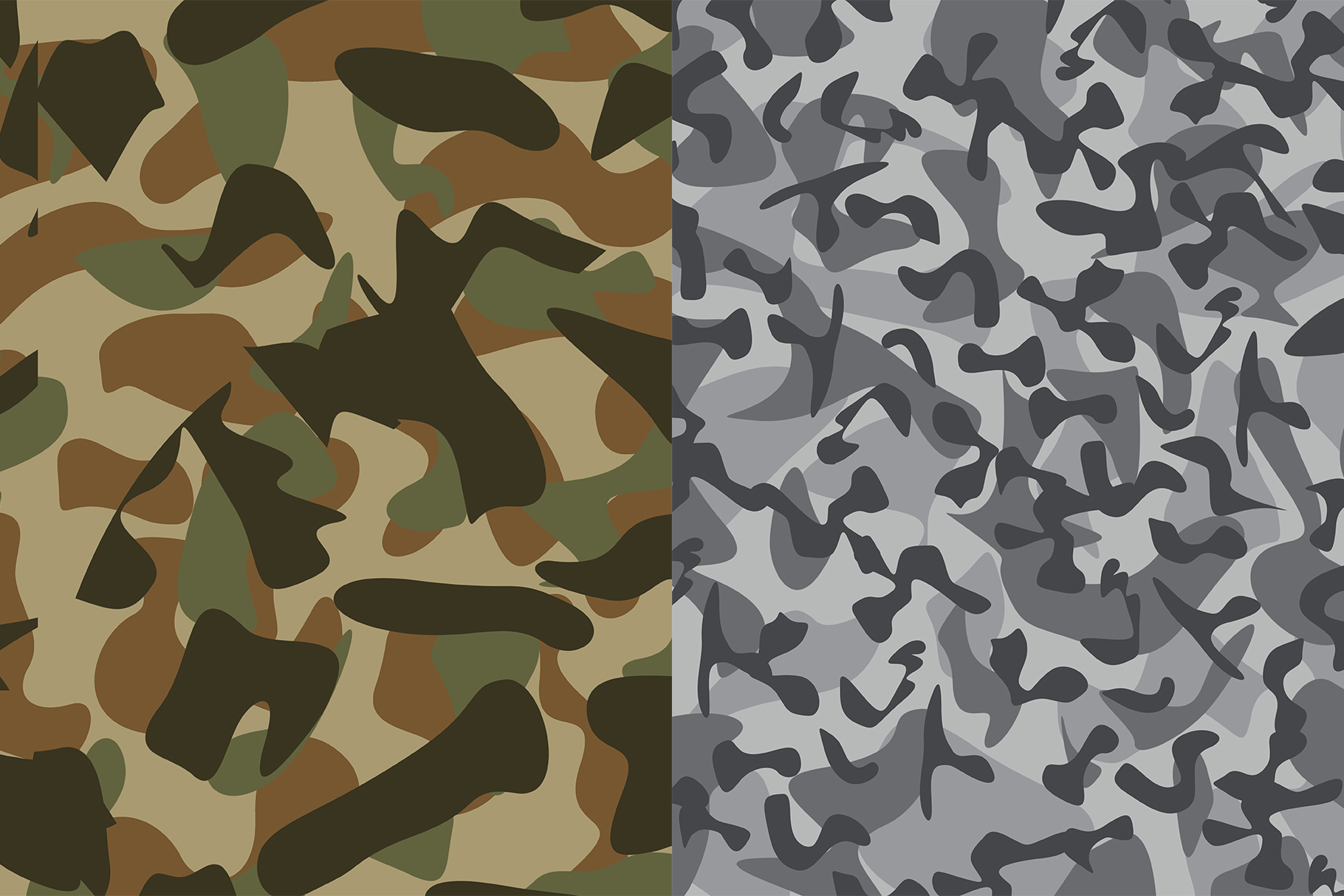
East: With its diverse set of hunting environments, you’ll need camo that can do it all. Choose camo that will help you blend with leaves, branches and limbs. South: Southern hunting areas are often layered with lush vegetation. Consider camo that mixes light and dark swatches. You will want camo that can disappear into the tree line and into the sky as curious game look up in your direction. North: Northern hunting is synonymous with treestand hunting. Generally speaking, there are four major hunting regions in the United States: North, South, East and West. If you are nestled against a tree in late-season, snow print pants and a woodland top might bare better coverage than an all-winter getup. Also, don’t be afraid to mix your snow camo with other prints. Designed to limit the amount of contrast your profile showcases against the white, powdery environment, snow camo can be a great tool when the elements change on you. Snow camo will mix in darker colors that will confuse game as you blend seamlessly into the snowy landscape. When snow blankets the terrain on a deep winter hunt, you need more than white clothing. Waterfowl camouflage is not recommended for all-purpose uses. Marsh camo is fantastic at what it does, but due to its specificity, is limited to the swamp. The long lines resembling wetland plant life allow you to drop right into the swampy environment, leaving you near invisible to approaching game or flyover waterfowl. Waterfowl/marsh camo patterns feature a mix of tall grasses, reeds, corn stalks and more elements you’re likely to find in a swamp area, making this an ideal print for wetland hunters and swamp-stalking sportsmen. This print will help you blend in with dirt and dead grasses, as well as other minimal colors seen in this terrain. Western terrain often calls for such a pattern, which can help with blending into your surroundings when there is no object to add contrast. Where woodland camo thrives on the breakup and includes a number of elements, brush camo should be more open, because the environment is more open. If spot-and-stalk is your game, you want softer breakups to mesh your profile and surroundings. If you’re in a tree stand, you might be able to get away with more contrast like limbs against the sky. Also take into consideration what style of hunting you prefer. 

You’ll find patterns with greens and leaves for the early season, while you’ll want browns and bare branches in late fall/early spring. The tighter patterns allow hunters to blend seamlessly into their forested surroundings.

Let’s start by looking at the most common camo patterns used in the U.S.Ī popular choice for a number of hunters, this camo is designed to disappear into wooded areas. In the following article, we’ll try to help narrow down your camo choices to give you the best chance at success this season. Depending on where you hunt and what you’re after, there could be numerous types of camo that will get the job done. As is the case with pretty much every piece of gear, hunters will debate which camouflage brand or pattern is the most effective.







 0 kommentar(er)
0 kommentar(er)
